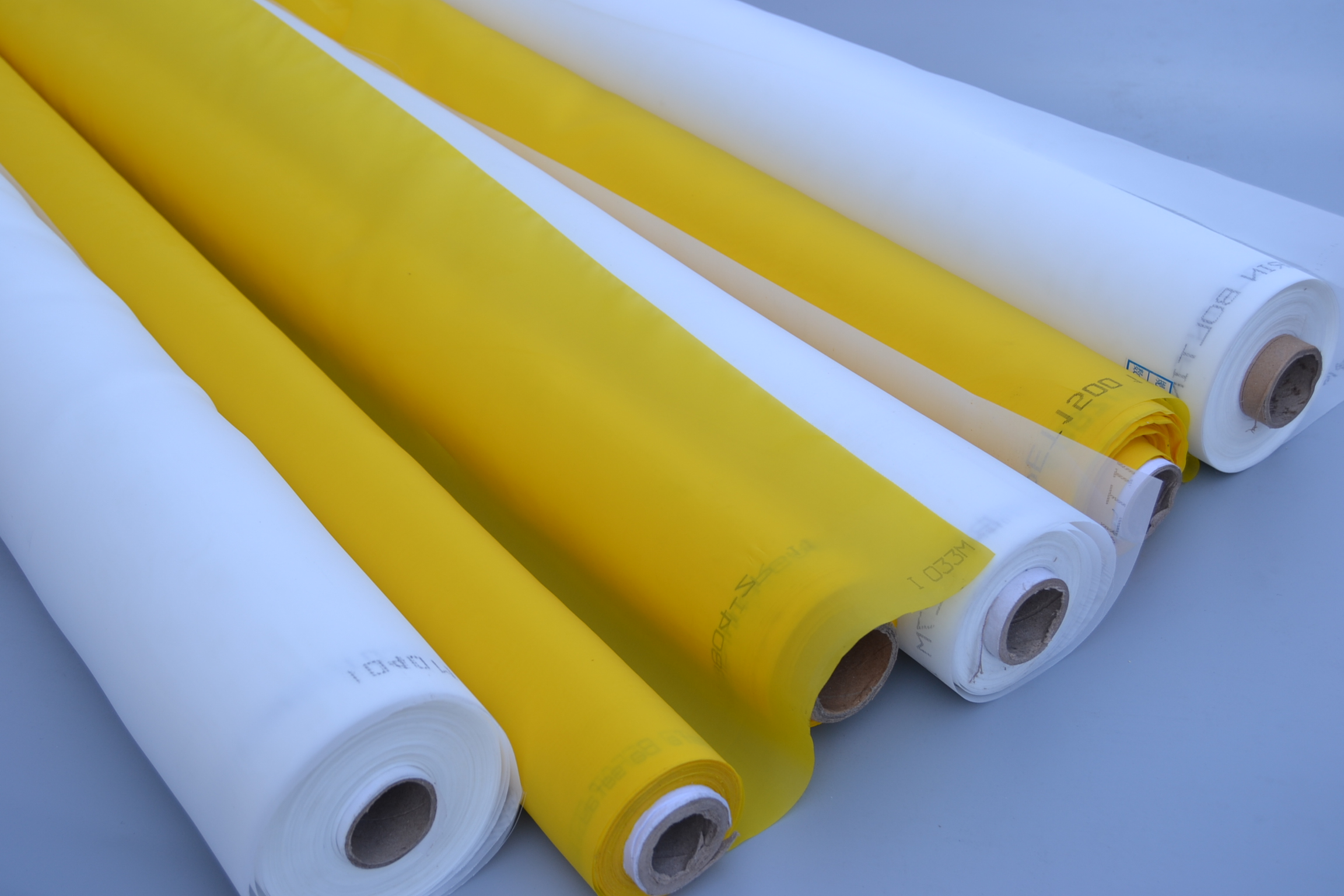

If you appreciate photo image finishes opposed to the hand drawn stencils then thank Roy Beck, Charles Peter and Edward Owens. It’s a specific process which requires additional steps but we’ve explained it all in detail below in the section, what we do in the Preparation Phase. The film necessary to complete the process needs to be made from a material that blocks ultraviolet light (e.g. Throughout history all the colours were either hand painted, hand drawn, photocopied or printed (using a computer printer) onto transparent overlays. And thus, the rotary printing press was born. Once attached to a machine, the speeds of the roller and web are aligned to make it a continuous process. Michael Vasilantone in 1963 took flat screens, placed the ink and squeegee inside and wrapped it up to form a tube. This was the genius way to scale up production levels and speed up the entire process. It specifically took off when Andy Warhol used the method to compose the “Marilyn Diptych” in 1962. It wasn’t until the 19th century when it became popular in the world of advertising. It’s GrowthĪt first, the method was mostly used to decorate clothing, walls and some objects. In the next section you’ll see the astounding variety of customised products have been developed through the use of this effective method. Nowadays, it is the heart and soul of many bulk printing operations. The Printers’ National Environmental Assistance Center says, ”screen printing is arguably the most versatile of all printing processes.” Whatever the case may be, it didn’t become popular in Europe until silk mesh became easier to import from the East in the 18th century. Popular opinion suggests that screen printing originated either during the dynastic ages in China sometime between 960 – 1279 AD or in 4th century India or in ancient Egypt around 3000 BC.

However, high levels of creativity and artistic skill make this training easier. Most screen printers are trained on the job. However, large or rushed orders may require overtime on occasion. The Bureau of Labor Statistics reported that most individuals working for screen printing companies worked an average of eight hours per day. Screen printing is done almost entirely indoors, mostly through the use of equipment. While large companies produce the majority of screen printed products, there are a surprisingly high number of screen printing companies that have 10 or fewer employees. Other important traits include self-motivation, problem solving skills, creativity, organizational skills and knowledge of the screen printing equipment.
Silkscreen printing jobs manual#
Since screen printing is considered a skilled trade job, it is best suited for people who enjoy practical manual work.


Employees must also be willing to handle and mix the chemicals used in screen printing ink. Clear vision, correct color perception and hand-eye coordination are crucial. Individuals desiring to work in the screen printing industry should have a variety of skills that make them well-suited for the job.


 0 kommentar(er)
0 kommentar(er)
